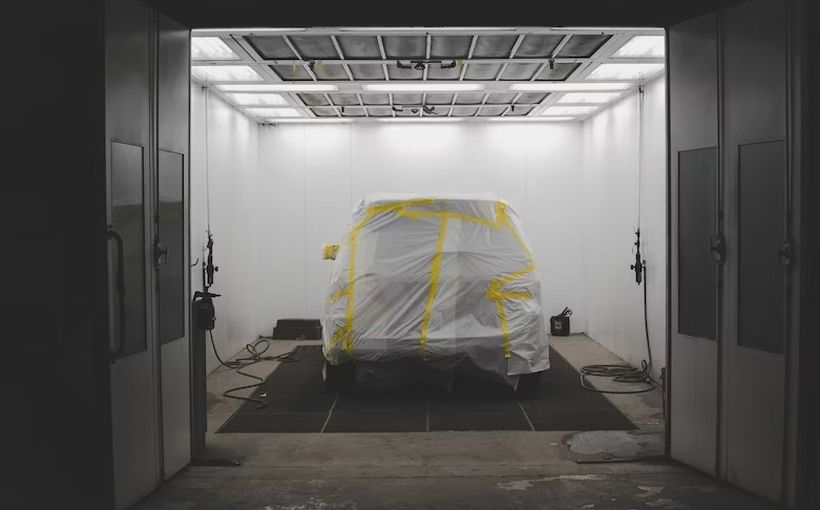Vehicle paint can look scruffy over time. With enough time and miles traveled, it’s not uncommon to notice stone chips, rust spots, scratches, and general wear and tear. When you’re trying to retain your vehicle’s value, seeing such imperfections can be heartbreaking. That’s why many people decide to paint their cars. A new paint job can make a vehicle look nearly brand new. However, the process is not always as straightforward as you might think. It’s easy to make some of the common mistakes in the article below.
Not Prioritizing Protection
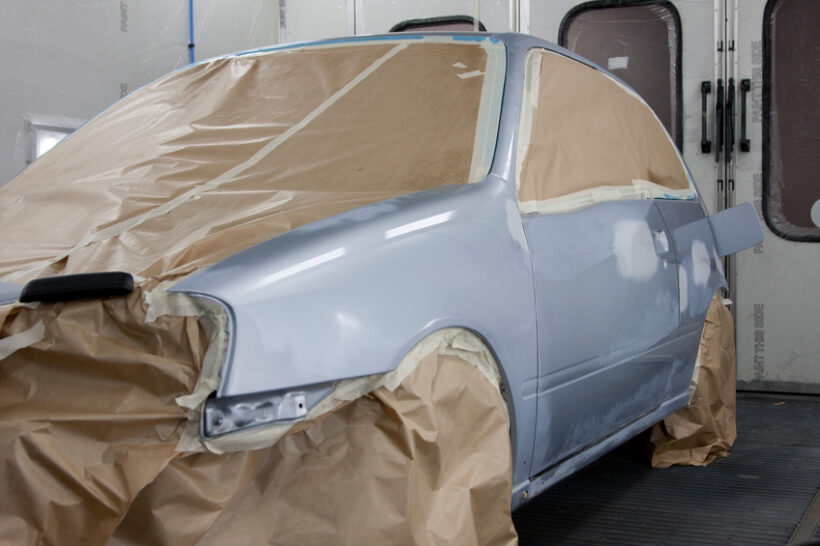
Many people spend countless hours preparing and painting their vehicles. The process can be time-consuming and stressful, even if the results are worth it. However, those same car owners don’t always put the same effort into protecting the paintwork when their car is back on the road. It might then only be a matter of time before it requires repainting.
Prioritize paint protection rather than leaving your vehicle’s new paint to chance. You can then enjoy your car looking like it just rolled off the production line for as long as possible. Fortunately, you can take several actions to protect your paint, with ceramic coatings being one of the most common. You can click here to learn more about this paint protection system.
Essentially, ceramic coatings enhance the look of your paint, provide a layer of protection against the elements, and even protect your paint from harmful UV rays and road salt. When you rely on professionals to provide ceramic coatings, you can also enjoy warranty periods for peace of mind.
You might also be able to protect your vehicle’s paint from damage by using car covers, applying wax if you opt out of ceramic coatings, and being particular about where you park your car. This can be especially true in parking lots. After all, almost 60% of American vehicle owners say other people have damaged their parked cars in garages and lots.
Using the Wrong Sandpaper
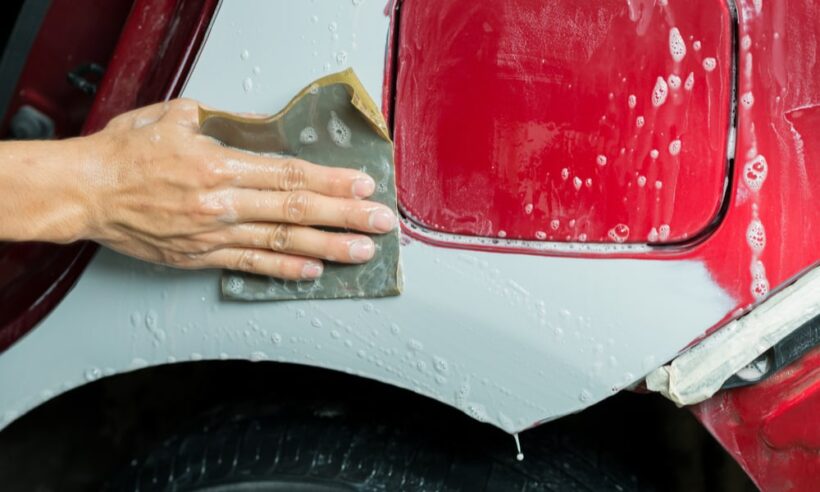
With such a substantial variety of sandpapers on the market, choosing the right ones to prepare your car for painting can be overwhelming. You might even base your decision on price, believing that the only difference between sandpaper is their brand and price.
However, not all sandpaper is suitable for vehicles. Not all vehicle-suitable sandpaper is also ideal for all stages of the preparation process. Consult your local automotive specialist if you’re unsure which sandpaper to buy.
They will generally recommend 500-grit sandpaper for paint that’s already in good condition and just needs to be roughened for adhesion. They might also recommend 220-grit and 320-grit sandpaper for bodywork and primer. The hand sandpaper range runs from 120-800, with the highest grit suitable for finishing.
Not Using the Right Paint
Perhaps one of the most challenging decisions to make regarding the car-painting process is the paint. Some people give their vehicles a brand-new paint scheme, different from the factory paint. Others want to stick to the original paint color to save time and effort. Whichever route you travel down, ensure you choose the right paint for the job.
If you plan to stick with the factory color, ensure your local paint store can mix or provide your desired paint with the factory paint code. Any car owners wanting to give their vehicle a custom paint scheme should ensure they purchase enough paint to reduce the risk of discrepancies, should they need to mix more in the future.
It’s also important to consider the types of paints that prove most suitable for automotive painting. Acrylic enamel seems to be the most popular for achieving excellent results. However, it can also be the most challenging for a DIY project.
Not Painting in the Right Conditions
Just as you might choose the right time of day to paint your home, you must do the same for your vehicle. Paint behavior can change when the temperatures aren’t perfect, leading to a less-than-satisfactory finish.
Paint when it’s too hot and humid, and you might encounter blotching, discoloration, and bubbling. You might notice bubbles or ridges in the paint layers when it’s too cold. Most automotive paint manufacturers recommend painting with a minimum temperature of 55°F, with the ‘sweet spot’ at around 70°F. Relative humidity levels should be about 50%.
Painting Too Thickly
It’s easy to assume that the more paint you apply to your car, the more protection it has. While that makes sense in theory, paint can be fickle. Excessive thickness in each coat can result in an uneven film before it dries. You might then notice an orange skin-like finish on the finished product. Too much paint in full wet coats can also lead to runs and sags. These can be noticeable on a freshly buffed vehicle.
Not Cleaning Your Vehicle Thoroughly
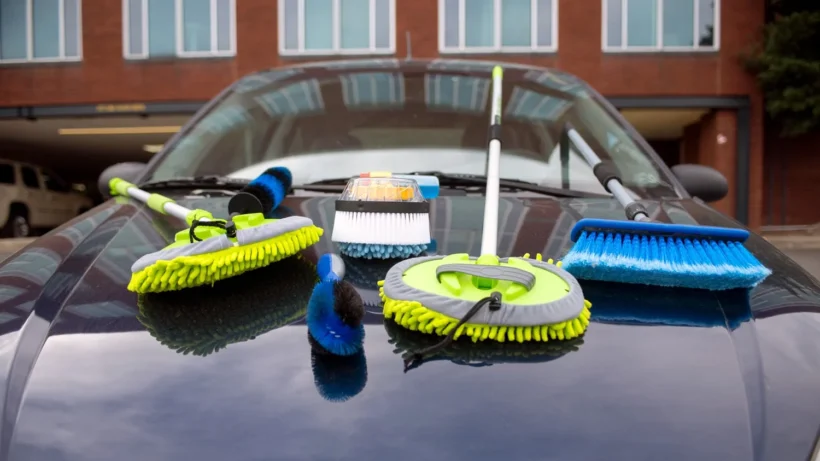
Dirt, dust, and debris can be a problem whether you’re painting your car in your home garage or a dedicated paint booth. As frustrating as it can be to thoroughly clean your vehicle at each stage of the preparation process, it can be necessary.
If you fail to undertake this critical task, dust and dirt can be present under the initial coat of paint. With time, the paint can start to appear textured. Eventually, you might even encounter problems with flaking. Fortunately, there are a number of easy-to-apply cleaning products on the market you can use to keep dust and dirt to a minimum throughout the painting process.
DIY Without Experience
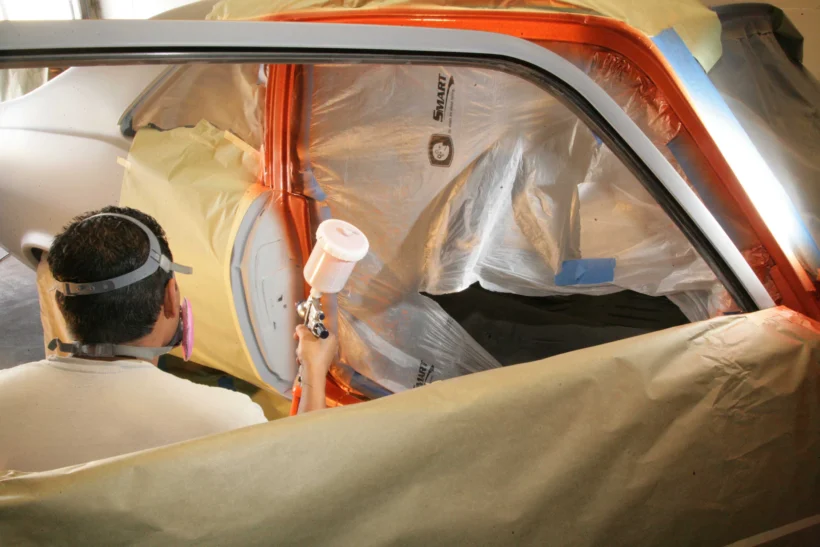
Professional paint jobs can cost thousands of dollars. With that in mind, you might be eager to handle this task yourself. After all, many DIY car painting products like spray guns are available to help any car owner take care of car preparation and paint from start to finish.
However, just because products are available for you to buy, that doesn’t mean you’ll have the skills to use them properly. Sometimes, it’s faster and easier to leave automotive painting in the capable hands of experts. That way, you can ensure it’s done right the first time.
When you want to be proud of your car, painting might seem like the natural step to take. However, don’t be in a hurry to haul out the spray gun just yet. Familiarize yourself with the most common mistakes to potentially improve your chances of avoiding them.

